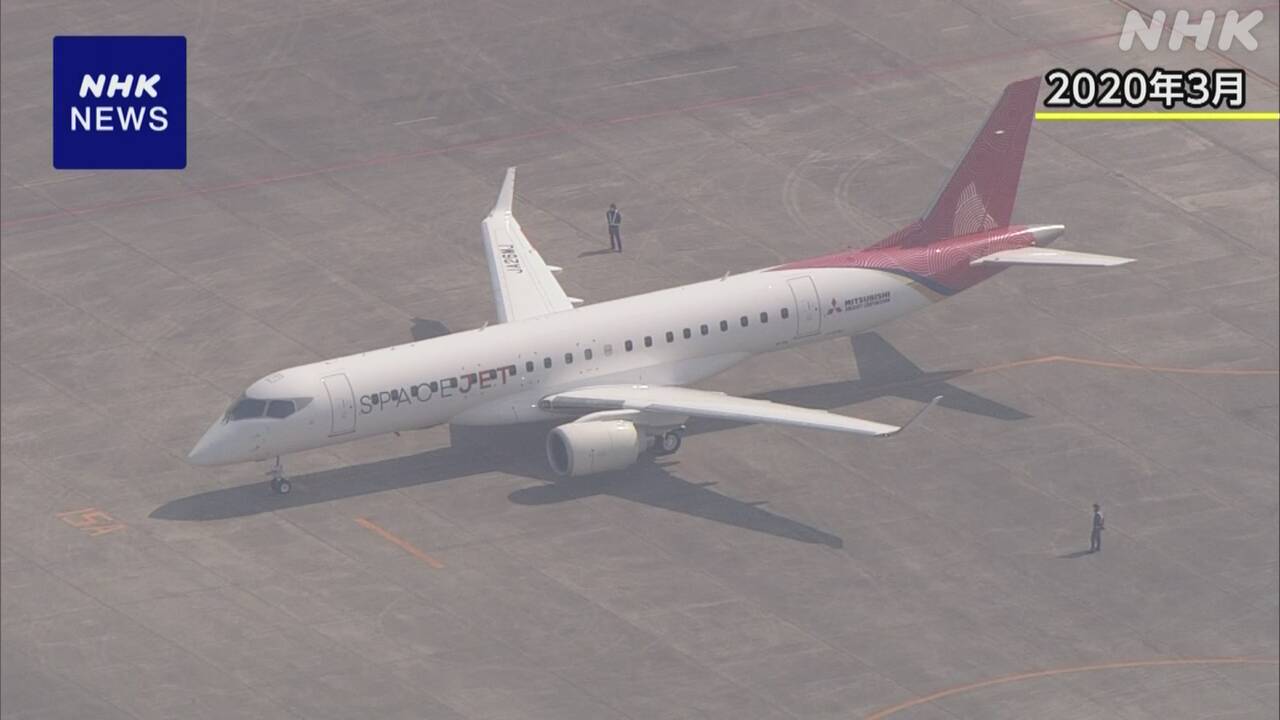After examining the circumstances behind Mitsubishi Heavy Industries' withdrawal from the development of Japan's first domestically produced jet airliner, a new strategic plan for the country has been finalized that includes the direction the aircraft industry should take.
The company plans to learn from its withdrawal and increase its development capabilities through international collaboration, aiming to commercialize next-generation passenger aircraft from 2035 onwards.
Mitsubishi Heavy Industries started the project for the first domestically produced jet passenger aircraft in 2008, and proceeded with development with support of approximately 50 billion yen from the government, but delivery was postponed six times due to repeated design changes, and last year , was forced to retreat.
The Ministry of Economy, Trade and Industry examined the circumstances that led to the withdrawal with experts, and based on the lessons learned, compiled a new strategic proposal that includes the direction the aircraft industry should take.
It was pointed out that the safety certification process and lack of experience in dealing with overseas parts manufacturers led to high costs and prolonged development, making the project extremely risky for a private project. I am.
For this reason, in addition to the importance of international collaboration and the diversification of risks between the public and private sectors, it is also necessary to create a framework for collaboration between domestic and foreign companies and research institutions to enhance development capabilities.
In addition, the government should consider financial support with the aim of commercializing next-generation passenger aircraft that are decarbonized, such as hybrids and hydrogen engines, starting in 2035.
The Ministry of Economy, Trade and Industry will announce this draft strategy on the 27th, but since it involves large-scale investment, the effectiveness of the strategy will be questioned.

